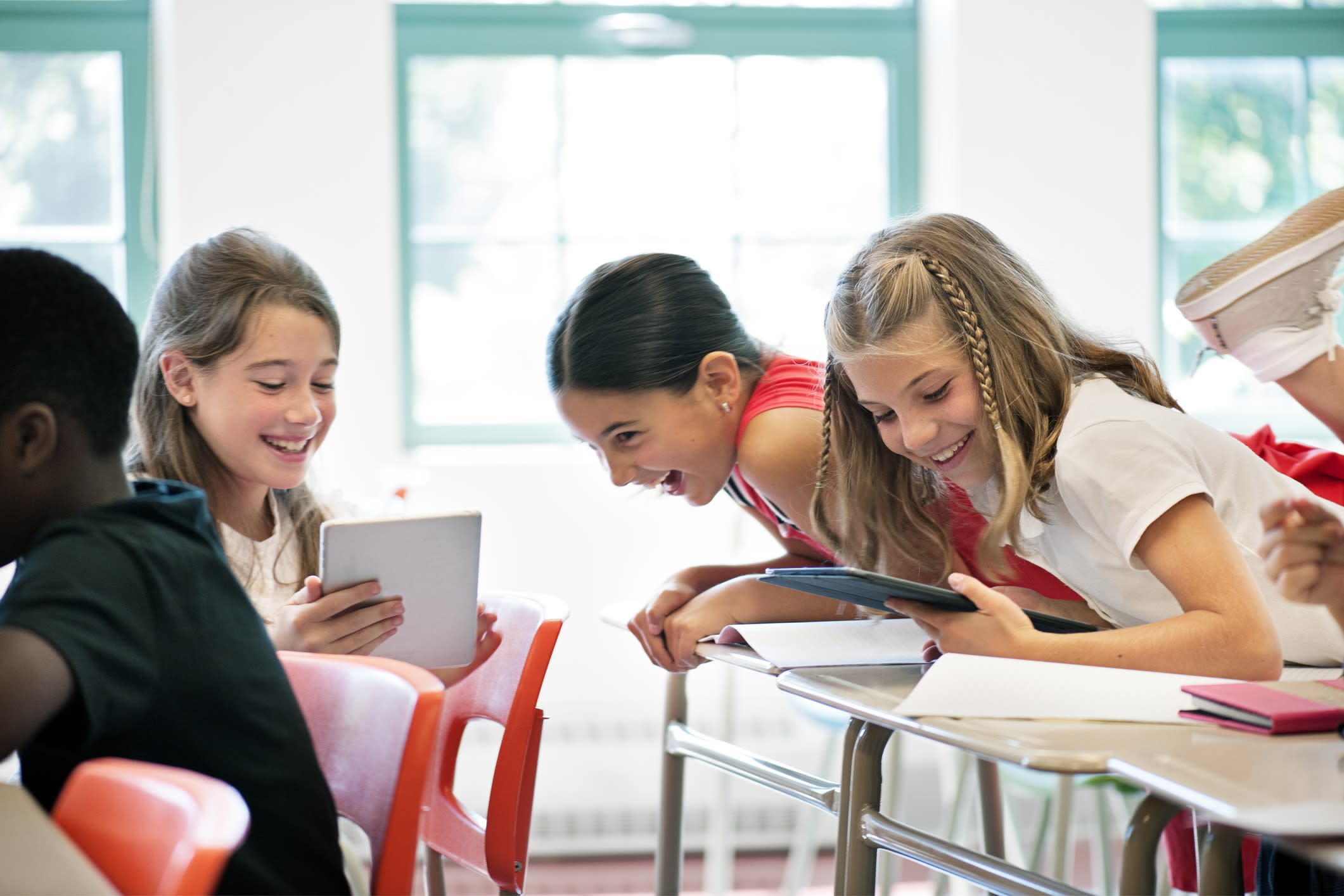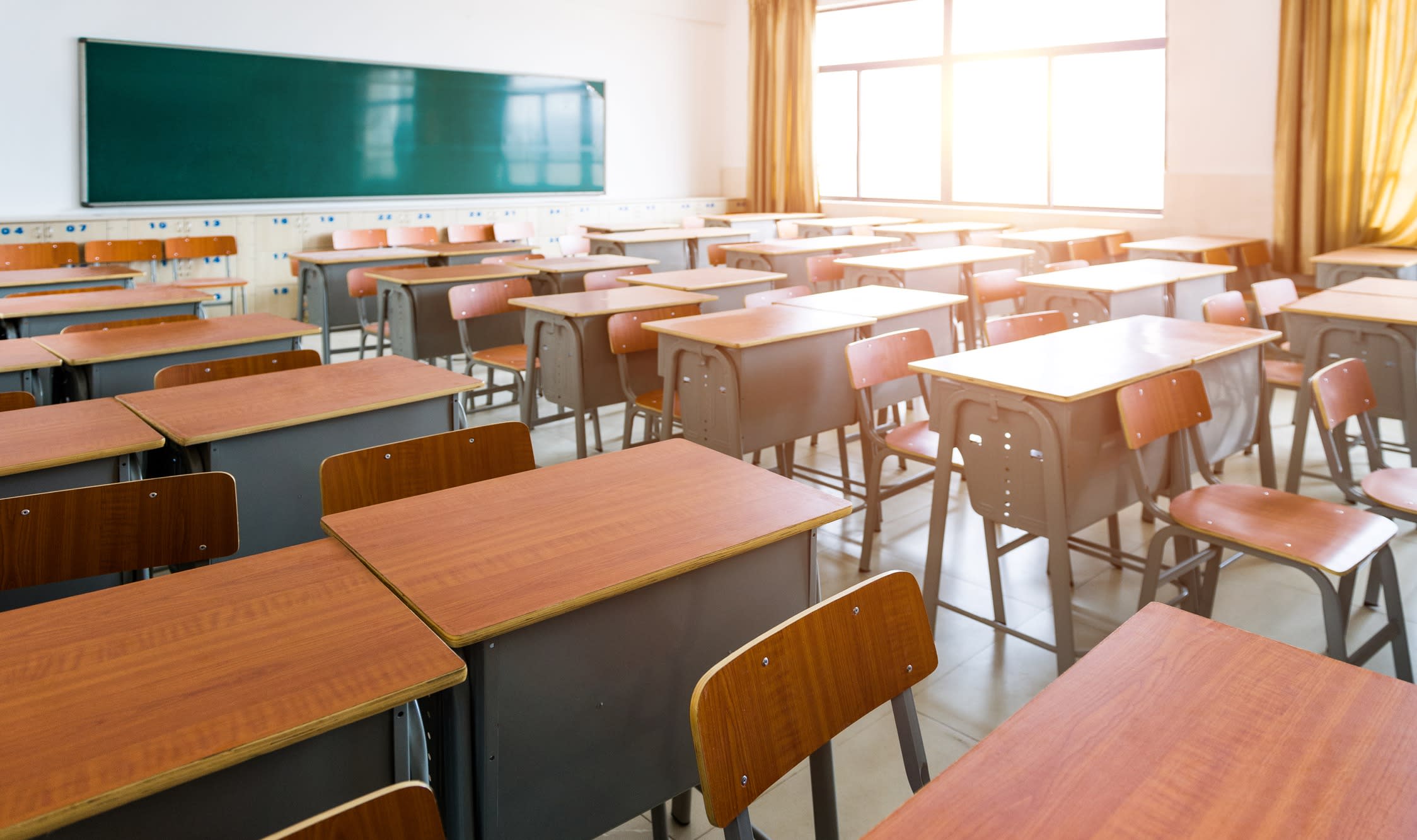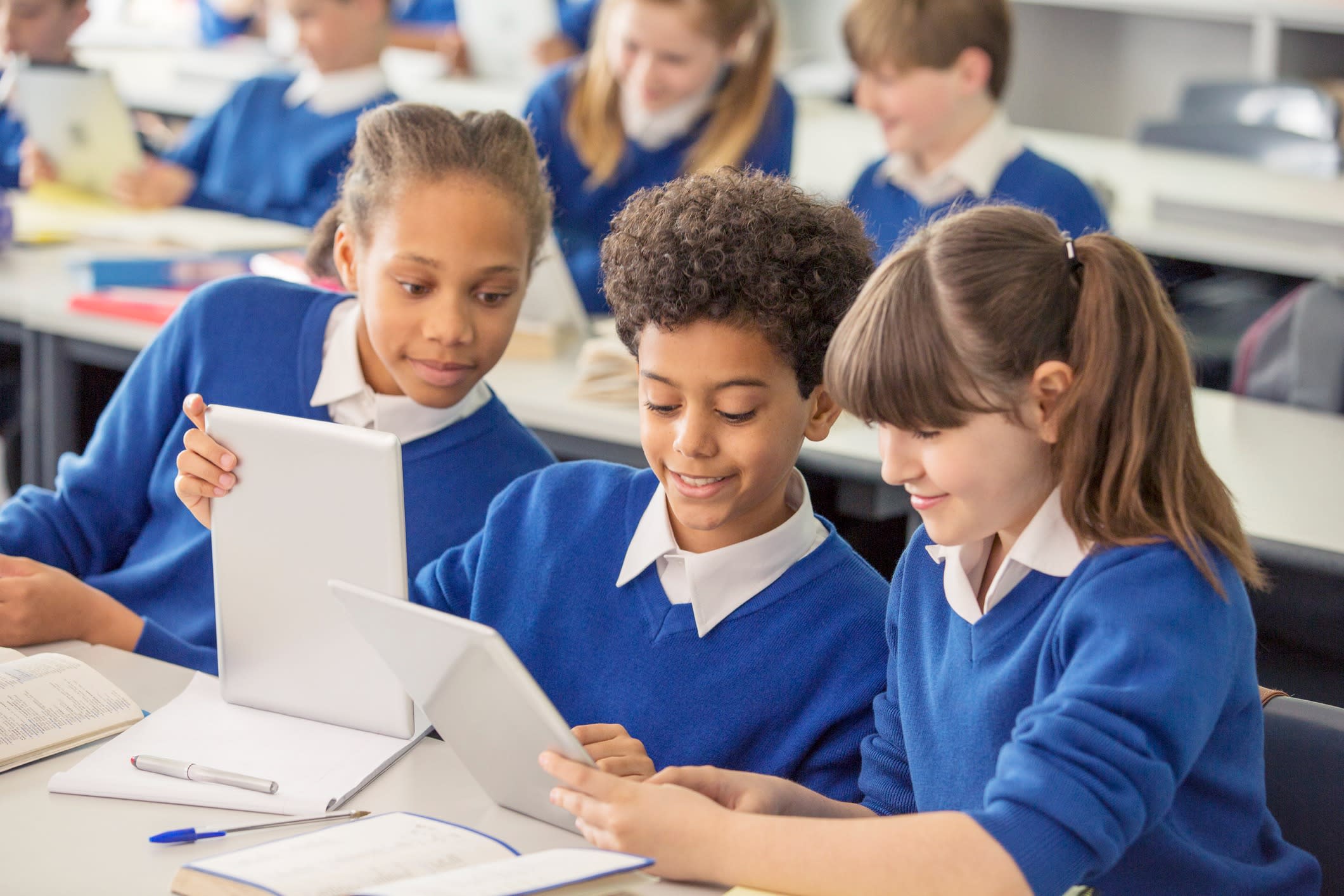Republished from lens.monash.edu.
A major international report says the “disciplinary climate” in Australian schools is among the “least favourable” in the Organisation for Economic Co-operation and Development (OECD).
On Tuesday, the OECD released a profile on education in Australia. Its findings follow headlines about student behaviour and a federal parliamentary inquiry into “increasing disruption in Australian school classrooms”. How severe is the problem and what can we do about it?
What does the OECD report say
The OECD report looks at many aspects of Australia’s education system. And identifies many strengths, such as how Australian students view their teachers positively and teachers have comparatively high levels of job satisfaction.
But it also found the “disciplinary climate” in schools in Australia was among the least favourable in the OECD according to student reports.
This is based on a 2018 Programme for International Student Assessment (PISA) index, which asked students how often noise and disorder occur in the classroom. Australian classrooms scored -0.2 while the OECD average is 0.04.
It also refers to a 2018 TALIS (OECD teaching and learning) survey, which found 37 per cent of Australian lower-secondary school principals reported intimidation or bullying among students occurred at least weekly. Australian teachers also reported feeling less prepared for, or capable of, managing disruptive classroom behaviour than their OECD peers.
Findings from the survey suggest Australian students perceive their classrooms to be more disruptive than they have in the past. It also suggests one of the reasons teachers are choosing to leave the profession is disruptive behaviour.
In separate studies, researchers have found new teachers find it particularly hard to manage disruptive student behaviour.
Read more: A new review into how teachers are educated should acknowledge they learn throughout their careers (not just at the start)
Do we have a behaviour crisis?
These are important challenges that must be addressed. Post-Covid, teachers have reported student behaviour appears to be getting worse, with students more distracted and less engaged than before the pandemic began.
However, there is currently little data showing how often disruptive behaviour occurs in Australian classrooms, what these behaviours look like and how teachers currently work to prevent and respond to these behaviours. It is possible that behaviour issues are happening more in some areas or in some schools, rather than across the board.
Read more: If Australian schools want to improve student discipline, they need to address these five issues
Why do we see poor behaviour?
The development of disruptive behaviour can be influenced by a range of biological, social, environmental and educational factors. Here are three key reasons why students might engage in disruptive behaviour at school:
1. Students find the school work too difficult
Students with delayed academic skills are more likely to exhibit disruptive and challenging behaviour, and students who display disruptive behaviour may be more likely to fall behind academically.
This connection has been shown to be strongest between a student’s reading skills and disruptive behaviour. This makes sense, because as students’ progress through primary school, they need to demonstrate increasingly advanced language and literacy skills to participate and succeed academically in all subjects.
2. Students are trying to impress their peers
Students are more likely to display disruptive behaviour in schools and classrooms where this is accepted. Researchers talk about the “classroom climate”. These are the values, beliefs and norms that set the behaviour within a classroom setting.
At school (particularly in high school), peer approval is one of the most important variables that can influence student behaviour.
Being disruptive may seem ‘cool’ in some peer groups, and researchers have found that this can promote a culture of student disruption.
3. Students are copying their parents
Students model and learn the behaviours they see. Telling students how to behave well won’t work when the adults in the room are overwhelmed, stressed and not in control of their emotions.
Recent research suggest teachers and school leaders are facing increasing threats and hostility from parents. Students may witness these parent-teacher conflicts and behave in similar ways when managing conflict at school.
Read more: ‘They phone you up during lunch and yell at you’ – why teachers say dealing with parents is the worst part of their job
What can we do about it?
While behavioural issues are complex, there are practical things teachers and school leaders can do to reduce disruption.

This begins with looking at what can be done to support positive student behaviour, rather than focusing on what you can do to reduce disruption.
[This] means approaches for supporting improved student behaviour are educative, not punitive. They also promote a sense of predictability and safety in classrooms. This can include:
Limiting distractions
Teachers can change their classrooms to limit distractions and promote positive behaviour. For example:
- rearranging seating to make it easier for students to see the teacher and pay attention
- putting felt pads under furniture to reduce noise levels
- turning off sounds on mobile devices to limit distractions
- adding environmental cues (such as written instructions and checklists) to remind students about what they should be doing.

Teaching behavioural skills
We can’t assume students know how to behave well at school. School is a complex environment and may have different expectations to home. So teachers can teach behavioural skills the same way they teach academic skills (and teach them early and often). This means giving students instruction, practice, feedback and encouragement. Specific behavioural skills to teach might include:
- responding to your name when called
- requesting help with difficult tasks
- entering the classroom quietly and beginning a “getting started” task
- showing kindness and respect to peers and staff.
Teachers should also respond to disruptive behaviour or behavioural errors as if they were learning errors and provide an immediate correction. This includes giving the student a chance to practise (or show you) the appropriate behaviour and the providing positive feedback if warranted.
Allowing time for lots of practice
Researchers have found that for a child to learn something new, it needs to be repeated eight times on average. For a child to unlearn an old behaviour and replace it with a new behaviour, the new behaviour must be practised on average 28 times.
Providing plenty of praise
Research shows praising students for positive behaviours has a high-impact. It is important to make the praise genuine and attached to a specific behaviour.
Getting students involved
The classroom climate can be improved when students play an active role in setting classroom expectations and holding one another to high standards.

This includes asking students what their classroom norms and expectations should be. It could also include:
- encouraging students to acknowledge each other for doing the right thing – a practice known as “tootling”
- making it safe for students to both make mistakes and succeed. Create a culture where students can openly discuss and learn from their mistakes, as well as share their successes
- modelling calm conflict resolution and support students to work through academic and social challenges.
Read more: Our new study provides a potential breakthrough on school bullying

This article originally appeared on The Conversation.
This article was first published on Monash Lens. Read the original article.









